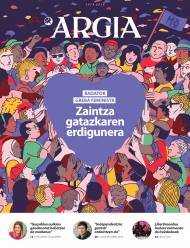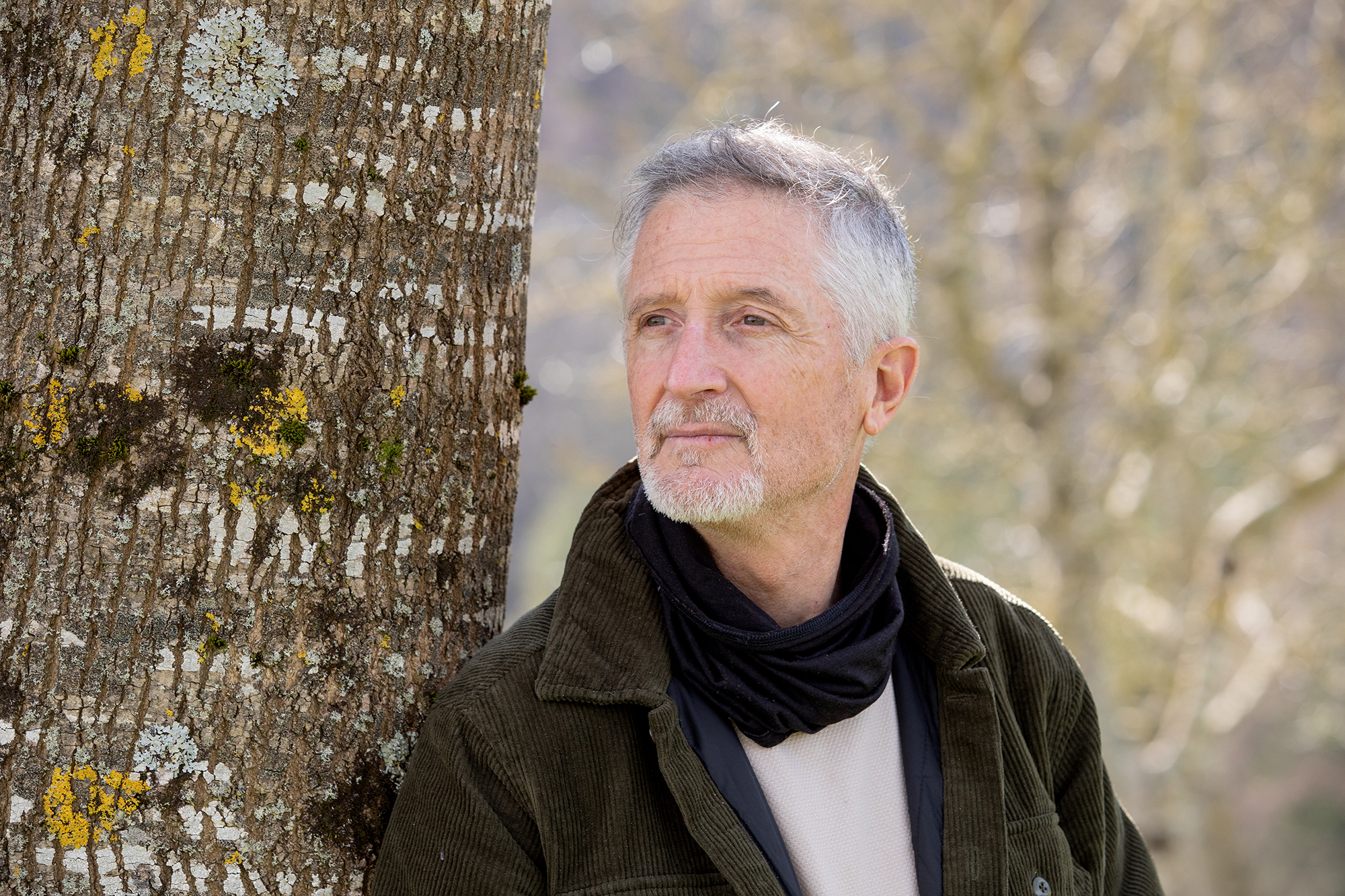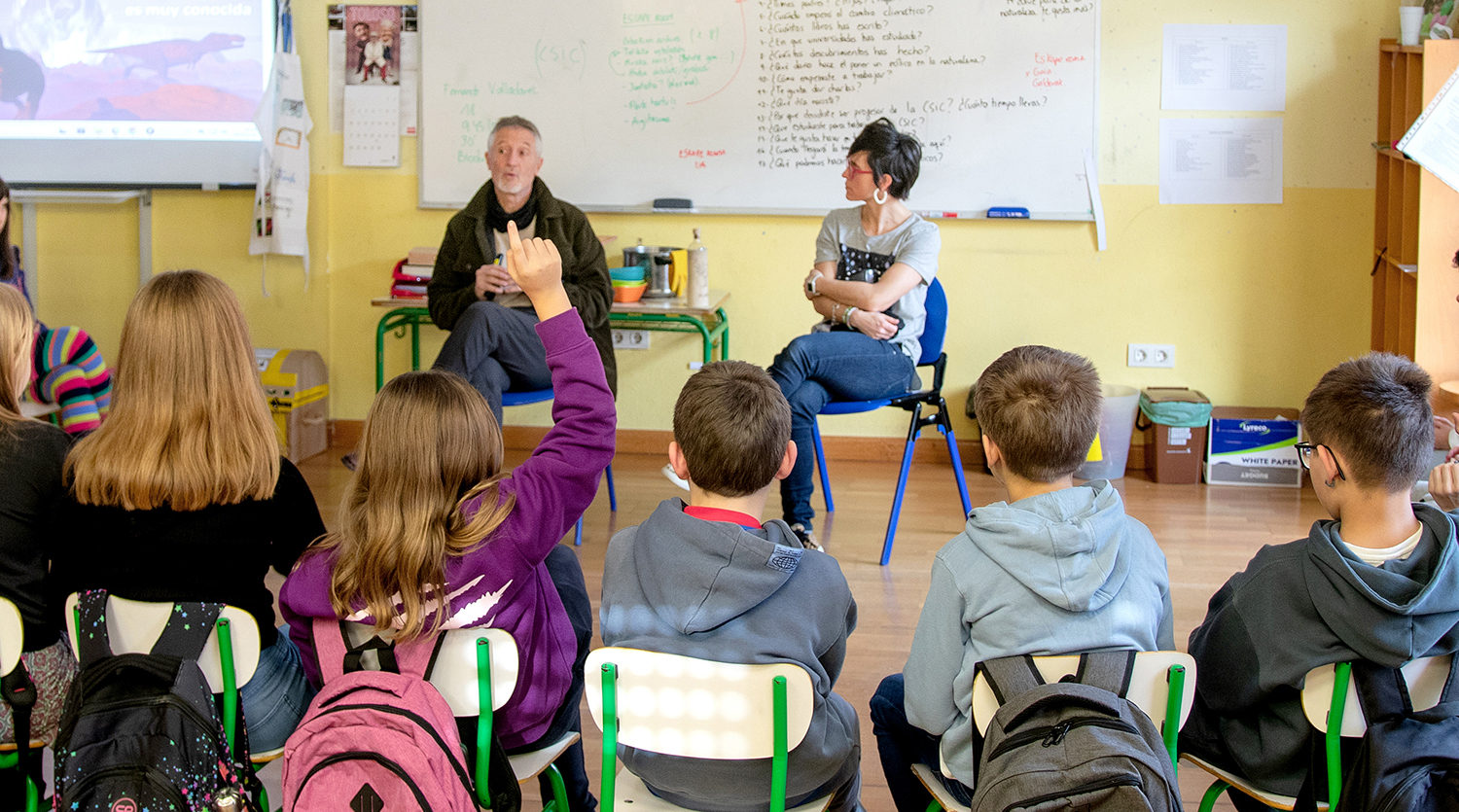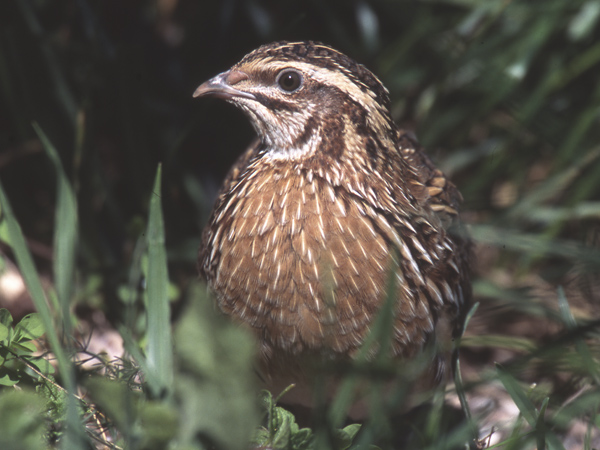The Mystery of Urgull's Ravages
- Mystery belongs to salamander. It is a striking animal dressed in yellow and black stripes, which the world of myths and legends has adored and cooked throughout history. Gautarra, mojicera, silent, slow and, in the opinion of some, as dangerous as poisonous, has been related to the world of dragons and fire. In the dark, on the other hand, the darkest ones you will find in Urgull (Donostia-San Sebastián).

In the forest they live in isolation between the stones of an abandoned cemetery, without contact with the suburbs of their surroundings. As if it were not enough, Urgull's have a feature that has attracted the attention of researchers: although they live in an environment without streams or puddles, they have the ability to have off-water pups. How is that possible?
Today's release includes all the ingredients of a mystery movie. It's at night, and we've gone to Urgull Park in San Sebastian, near the city, but on the fringes. We traverse the old metal barrier and go back to the cracked asphalt. The lanterns have turned off and the darkness has devoured us. The silence is absolute, only the rains and the shock of the waves of the sea are heard. We didn't have to walk very much. “We’ve arrived, this is the dwelling place of the arrabals of Urgull,” they said. We turned on the flashlights and searched. We are here, in the English cemetery, located north of Urgull, under a forest, in a darker, moist place. Think that there may be salamanders here…
In this cemetery there are many
lives. Right away we start to see the salamander (salamander). Some are found in the cracks of the unfortunate walls of the English cemetery. Others, on wet grass. Stop. Don't worry. Black stripes on the back give them security. They don't have much poison, not enough to harm the human being, but their appearance is respectful, and the legends that have been created around them give them shelter. Knowing that, why run?
The walls, the areas of humidity and little wind, and all these conditions have been discovered by the ravines in the north of Urgull, in this ancient cemetery of the English. With us came Dr. Dávid Álvarez from the University of Oviedo. He has carried out a study on the population of the arrabios that inhabit the interior of parks, churches and convents of the Asturian capital. It will be a coincidence, but she also smiles. “In Oviedo they also live in the cemetery next to the main church, in The Pilgrim’s Cemetery, and we have seen them get out of the tombstones.”
The arrabial populations used by the research team of Álvarez in the study carried out in Oviedo are similar to those of San Sebastián and in particular to those of Urgull. It is also about the ravines that live in cities, which are often found in areas without wells or creeks. In addition, many of these groups of rootlessness live in isolation from each other, such as those before us. The city that has built the human being has been scattered in small “islands”. The dominant asphalt and cement areas are intransitable for amphibians such as rootstock. We have condemned them to live in isolation.
The influence of the human being on the genetics of
the kidneys, those of Urgull have the same fate as those of Oviedo: they cannot leave it. They live surrounded by the seas and the Old Part of San Sebastian. You can't swim in the sea, you can't go through the cement zone of the Old Donostian Part. And they've been doing this for at least the middle of the 19th century. Arrabio populations are also known in other parks and areas of San Sebastian. However, there is no relationship between them. The city streets are a big obstacle to meeting each other. The question that researchers ask, therefore, is logical: Does the separation of the rest of the seedlings influence the Urgull seedlings?
According to the investigation carried out in Oviedo, the Foral Police of Navarra does have a record. The conclusions are very interesting: the constructions and walls created by the human being can leave over the centuries some isolated groups of roots that can influence their genetic evolution. For example, the team of David Álvarez has worked with the strains that exist in the old Oviedo and has compared the historical evolution of the city with its genetics. There are, for example, arrabios that have been isolated for more than ten centuries in the inner courtyard of a nunnery monastery; or that inhabit the surrounding areas of its cathedral, which have long been isolated by the thick and rigid walls surrounding them. The team of Álvarez has carried out a historical study on the construction of the monastery and the time when the walls of the cathedral were built, and genetics coincide with what history says: the older the wall, the bigger the difference of its populations with the rest. The period of isolation influences its genetic difference; without the influence of the human being, surely there would be no difference
Therefore, it is not difficult for Donostian researchers to have a question in their heads that has not yet been answered: Are Urgull's arrabias genetically different from those around?
But all the questions that researchers
have in mind about the two ways of being pups are not genetic. In the areas inhabited by the arrabals of Urgull (and Oviedo) there are no riachuelos or wells in the area. The salt flats are mostly oval and leave their pups in the water as larvae. These pups with sacks will grow to develop lungs and get them out of the water. So why have the Urgull arrabios no longer disappeared in the absence of water zones? How do babies give birth if they don't have water around them?
The Aranzadi Department of Herpetology responded to this question in 2013. The research work carried out by Elina Uotila, Ariñe Crespo, Xabier Rubio and Lauro showed something curious: Urgull’s kidneys can “choose” how to be pups. It can be ovalent, leaving the larvae in the water, or it can be Biblical, with the pups longer in the belly, and directly dry with small strains. However, this capacity has not been developed only by the Urgull arrabales. The samples taken in Aiako Harria, Landarbaso and Asteasu-Larraul were also taken in the study carried out in the laboratory of Aranzadi. The ability to have offspring in or out of the water is, therefore, of the subspecies of arrabio that we have in the Basque Country, the Salamandra salamandra fastuosa.
Thanks to the research carried out, we had discovered the mystery of this group of amphibians from Urgull: The first arrabals that entered Urgull found a comfortable place to live, but without streams or puddles. Thus, the strategy of pups “changed” and descendants began to be out of the water.
In Oviedo they came to the same conclusion. The indigenous subspecies, Salamandra salamandra bernardezi, also possessed the same capacity, thanks to which the arrabales of the Monastery of Las Pelayas have survived for centuries in a small, isolated and without water. The two subspecies mentioned, together with the populations of the Atlantic islands of Galicia, are the only ones in Europe that can do so.
Do you leave them alone in Urgull?The departure with Dr. Alvarez
left other questions in the air. Not far from Urgull, there is another area that can be suitable for the presence of salamander: Santa Clara Island. Will San Sebastian have another isolated population?
Until 5,000 years ago, Mount Urgull was an island. The Urumea was connected to the coast of Donostia-San Sebastian thanks to the sediments carried by the river and the sea. However, the evolution of the island of Santa Clara has been different, but it could not be ruled out that there was also a population of arrabio. A few years ago, the samples made by the Society of Sciences Aranzadi did not yield positive results, but the need to work during the night and in the rain and the difficulties of nocturnal access to the area have not helped much in the searches. We need to do more sampling.
In these times when everything seems to be under investigation, there are still many small secrets that hide our environment. There is, for example, the arrabial population that we found a few years ago on Mount Mendizorrotz of Igeldo, until then unknown, and that denied the belief that there was no rabbi in the area. Recently, in the area of Miraconcha, there has been a rumor that there may be some population of arrabio in the gardens of their homes...
Without knowing all the pieces, we haven't finished the puzzle yet. Research and time will reveal these tiny, beautiful mysteries hidden by the Donostiarras arrabals.
.jpg)
Eskola inguruko natur guneak aztertu dituzte Hernaniko Lehen Hezkuntzako bost ikastetxeetako ikasleek. Helburua, bikoitza: klima larrialdiari aurre egiteko eremu horiek identifikatu eta kontserbatzea batetik, eta hezkuntzarako erabiltzea, bestetik. Eskola bakoitzak natur eremu... [+]
Andeetako Altiplanoan, qocha deituriko aintzirak sortzen hasi dira inken antzinako teknikak erabilita, aldaketa klimatikoari eta sikateei aurre egiteko. Ura “erein eta uztatzea” esaten diote: ura lurrean infiltratzen da eta horrek bizia ekartzen dio inguruari. Peruko... [+]
Biologian doktorea, CESIC Zientzia Ikerketen Kontseilu Nagusiko ikerlaria eta Madrilgo Rey Juan Carlos unibertsitateko irakaslea, Fernando Valladares (Mar del Plata, 1965) klima aldaketa eta ingurumen gaietan Espainiako Estatuko ahots kritiko ezagunenetako bat da. Urteak... [+]
Nola azaldu 10-12 urteko ikasleei bioaniztasunaren galerak eta klima aldaketaren ondorioek duten larritasuna, “ez dago ezer egiterik” ideia alboratu eta planetaren alde elkarrekin zer egin dezakegun gogoetatzeko? Fernando Valladares biologoak hainbat gako eman dizkie... [+]

























